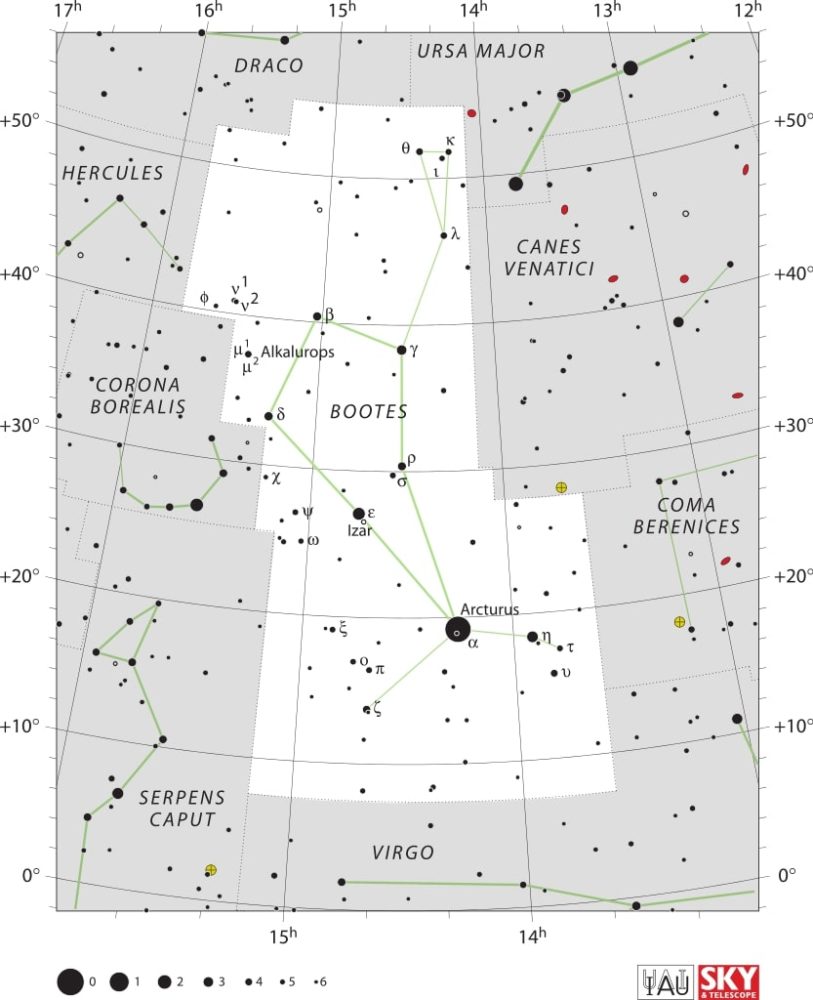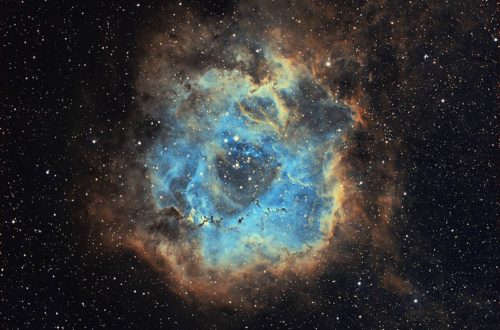Monthly Stargazing Calendar for January 2016
Looking for the January 2025 stargazing calendar?
On the night of January 3 and 4 the Quadrantids meteor shower will peak. It is an above average shower, with up to 40 meteors per hour at peak, although some meteors can be visible between January 1 and 5. The meteors originate from dust grains left behind by an extinct comet known as 2003 EH1, which was discovered in 2003. Unfortunately this year the glare or the second quarter moon will block out all but the brightest meteors, but it could still be a good show if you are patient and view from a dark location far from city lights. Meteors will radiate from the constellation Bootes, but can appear anywhere in the sky.

Would you like to be notified of stargazing events?
Moon phases
As you know, the moon has a big impact on the visibility of celestial bodies in the night sky. So here are the moon’s phases for this month:

Positions of the planets this month
Mercury: The closest planet to the Sun can be seen at dawn and dusk travelling between the constellations of Sagittarius and Capricornus. This planet, being the closest to the Sun, will appear to move quickly in the night sky and its position will change in the following weeks.
Venus: The sister planet can be seen travelling across the constellations of Ophiuchus and Sagittarius. Just like Mercury, Venus can only be seen at dawn and dusk.
Mars: The red planet can be seen between the constellations of Virgo and Libra.
Jupiter: The gas giant is visible between the constellations of Leo and Virgo. Jupiter can easily be spotted with the naked eye, even in highly illuminated cities.
Saturn: The ringed giant can be seen with the naked eye between the constellations of Scorpius and Ophiuchus.
Uranus: The gas giant can be seen in the constellation of Pisces with the use of a telescope.
Neptune: The blue giant requires a telescope pointed in the constellation of Aquarius in order to be seen.
Major astronomical event next month
- February 7 – Mercury at Greatest Western Elongation.
See also:
- Previous month’s calendar: Stargazing Calendar for December 2015
- Next month’s calendar: Stargazing Calendar for February 2016
Would you like to receive similar articles by email?





